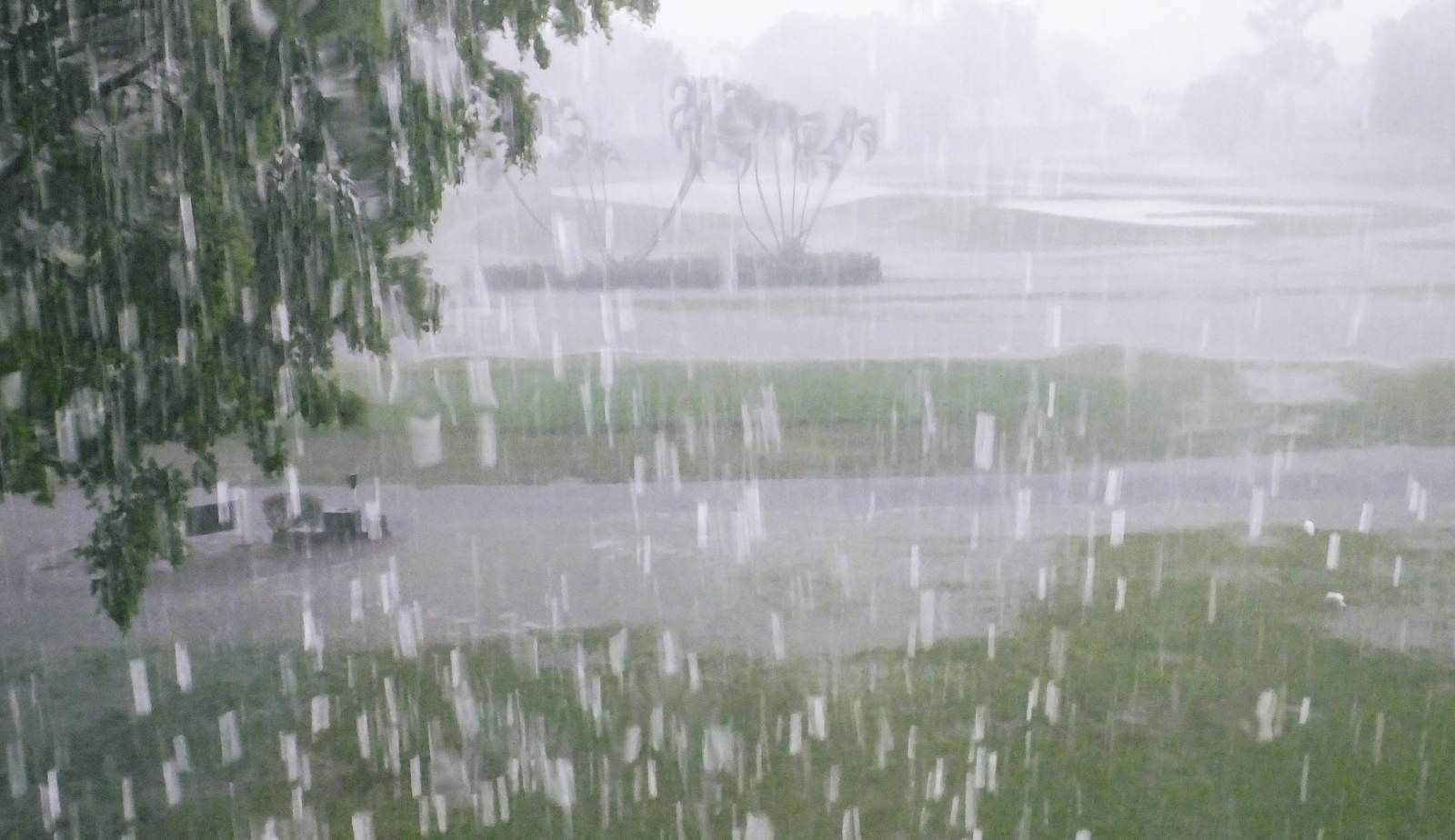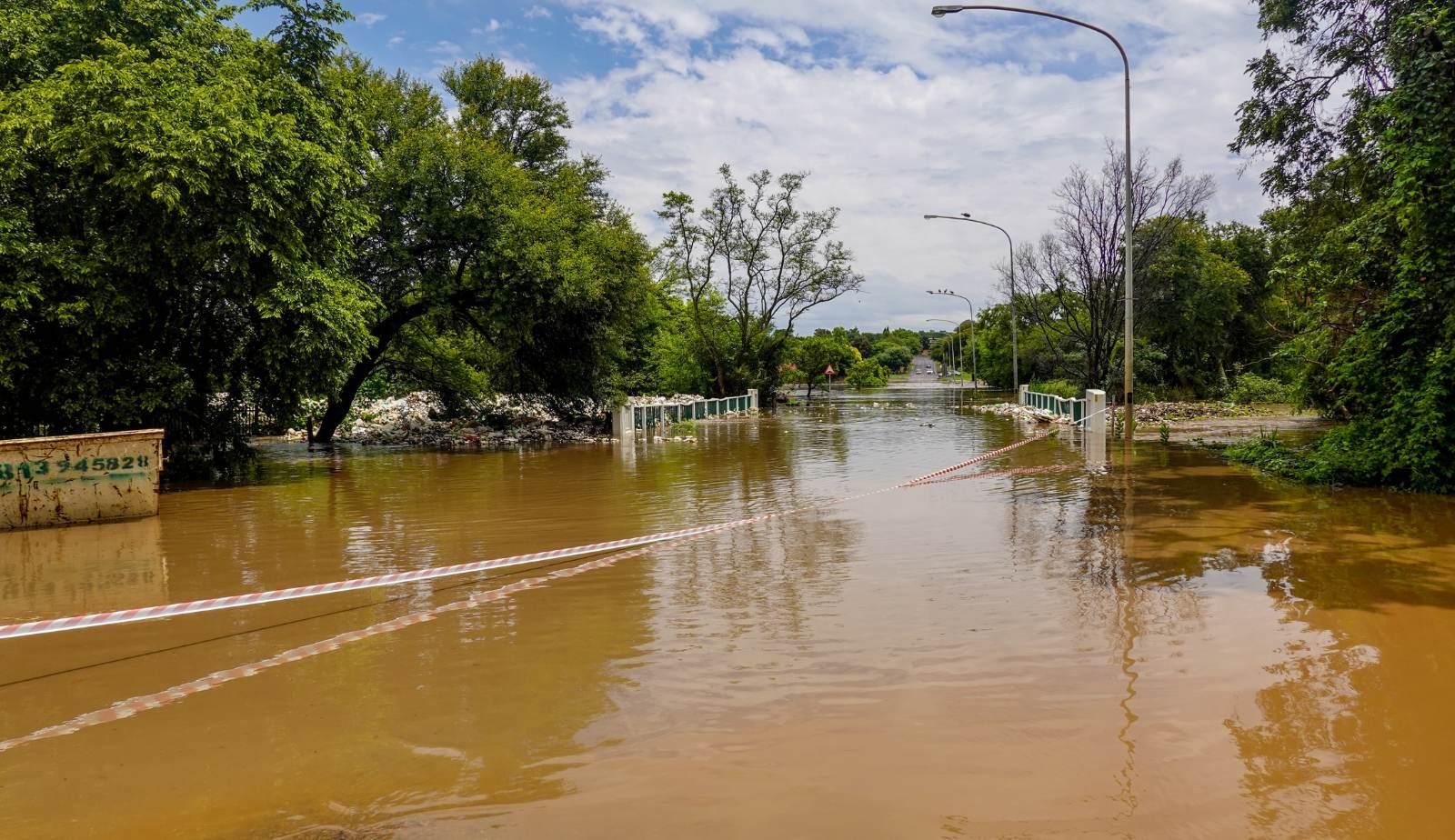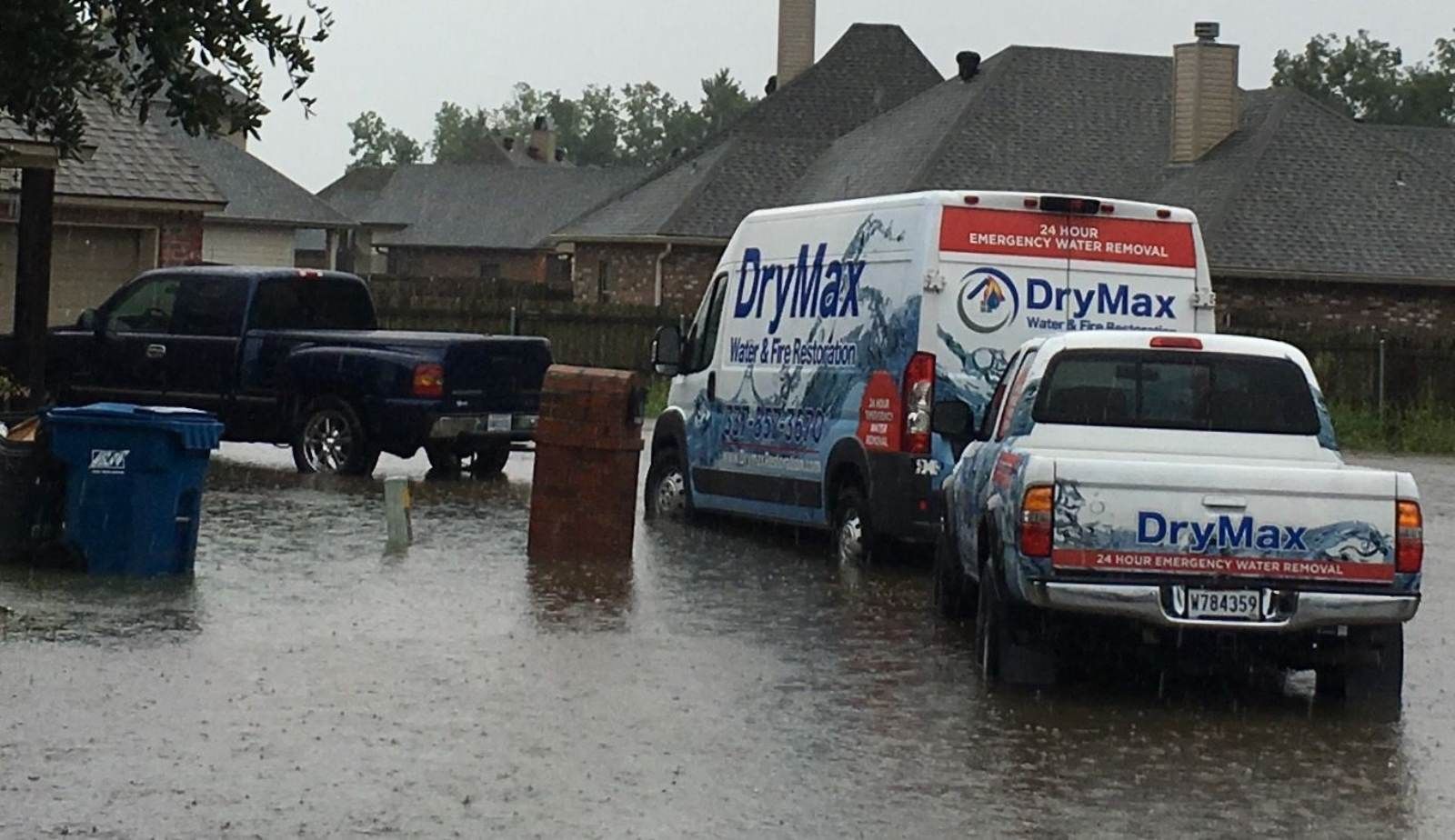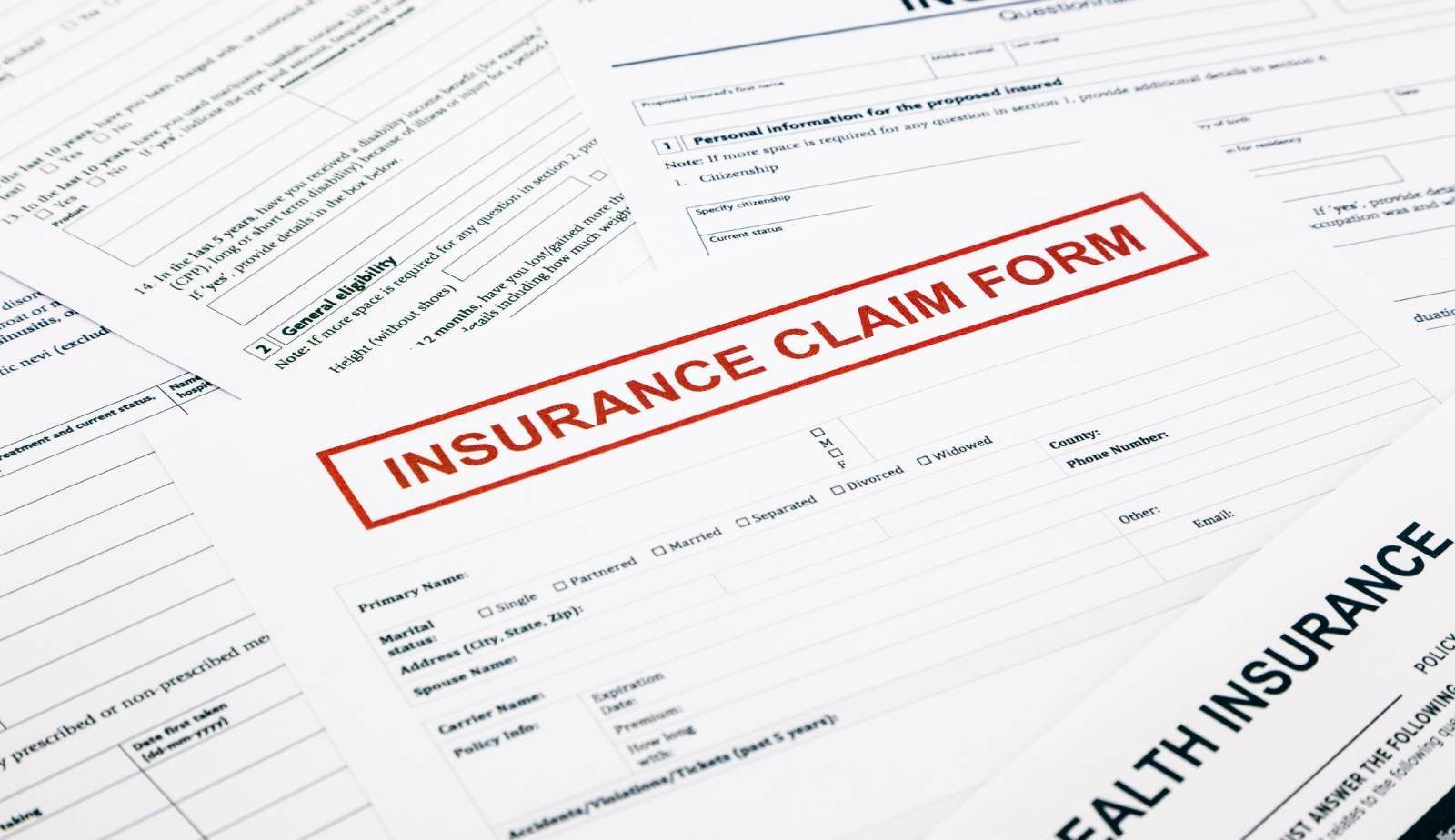From Rain to Ruin: Understanding Flash Floods and Their Impact on Louisiana Homes
Flash floods pose a significant threat to homes in Louisiana, often leading to extensive water damage in basements, foundations, and lower-level rooms. These sudden storms can unleash overwhelming amounts of rain, overwhelming drainage systems and causing water to seep into vulnerable areas of a home. Understanding how these rapid weather events create risks allows homeowners to take proactive steps to protect their properties.
When heavy rainfall occurs in a short period, the soil cannot absorb water quickly enough, leading to runoff that can infiltrate basements and ground-level spaces. In many cases, this results in soaked carpets, damaged drywall, and compromised structural integrity. Homeowners should be aware that the threat of flooding is not solely during hurricane season; significant flash floods can occur even during spring showers.
Additionally, the impact of these storms can extend beyond immediate water exposure. Erosion around the foundation can result in long-term stability issues, making it essential to address any signs of water intrusion immediately. Recognizing the connection between sudden storms and their potential for damage is crucial for safeguarding homes against the devastating effects of water.
Understanding Flash Floods in Louisiana
Flash floods in Louisiana occur rapidly, often resulting from sudden storms and tropical systems. Factors such as heavy rainfall, the state's unique climate, and geographical features contribute significantly to the flood risks faced by residents.
What Causes Flash Flooding
Flash flooding is primarily caused by intense rainfall that exceeds the ground's absorption capacity. It can also result from the failure of a dam or levee, or from rapid snowmelt. In Louisiana, the rainfall intensity can be overwhelming, particularly during hurricane season.
The National Weather Service frequently issues alerts during severe weather events to warn residents about potential flash floods. During such events, water can accumulate in a matter of minutes, trapping individuals and damaging properties.
Louisiana's Unique Climate and Flood Risks
Louisiana experiences a humid subtropical climate, characterized by long, hot summers and mild winters. This climate fosters heavy rainfall, especially in late summer and early fall when tropical storms are most likely to occur.
Climate change further exacerbates these conditions by increasing the frequency of intense storms. This results in an increased flood risk, particularly in urban areas where paved surfaces prevent proper drainage. The notion of a floodplain becomes essential, as areas frequently subject to flooding are increasingly prone to severe water damage.
The Role of Hurricanes and Heavy Rainfall
Hurricanes dramatically increase the risk of flash flooding in Louisiana. As these storms approach, they bring not only strong winds but also significant rainfall and storm surges.
When hurricanes make landfall, torrential downpours can result in excessive runoff, overwhelming local drainage systems. Storm surge forecasts are critical in preparing for the impact, as flooded coastal areas can inundate neighborhoods quickly.
Impact of Low-Lying Topography and Proximity to Waterways
Louisiana’s geography, with its low-lying topography, plays a crucial role in flood dynamics. The state's elevation is often insufficient to allow for effective drainage, particularly after heavy rainfall.
Additionally, the proximity to waterways such as rivers and bayous can worsen flood conditions. Urban flooding becomes a major concern, as construction and development frequently limit natural water absorption. Properties located in these vulnerable areas face heightened risks during severe weather events.

The Mechanics of Water Damage in Homes
Flash floods can lead to significant challenges for homes, particularly in low-lying areas. Understanding how water infiltrates homes during storms is crucial, as it highlights the risks associated with basements and foundations.
How Water Infiltrates Basements
During a flash flood, excessive rainfall can overwhelm drainage systems, resulting in water seepage into basements. Water can enter through cracks in walls or floors, or through poorly sealed windows and doors.
Standing water around the foundation exacerbates this issue, increasing the likelihood of leaks. As floodwaters rise, they exert pressure against the foundation, making it easier for water to penetrate the basement, compromising its integrity over time.
Foundation Vulnerabilities During Storms
The foundations of homes are particularly vulnerable during heavy storms. The soil conditions around a foundation can change rapidly under saturated conditions.
Wet soil expands and can push against foundation walls, leading to structural failure or shifting. This pressure may create cracks or exacerbate existing weaknesses, allowing water to enter and cause damage.
Proper drainage systems and grading can help mitigate these vulnerabilities, but if these measures are inadequate, homes may suffer severe consequences.
Structural Integrity Under Hydrostatic Pressure
Hydrostatic pressure is a critical factor that impacts the structural integrity of basements during floods. When floodwaters accumulate, they create significant pressure against basement walls.
This pressure can lead to bowing, cracking, or even wall collapse if not properly managed. The risk intensifies when homes are built on poorly drained soil, as the added moisture increases the hydrostatic pressure significantly.
Maintaining the integrity of the foundation through regular inspections and proper landscaping is essential to help alleviate the risks posed by hydrostatic pressure from floodwaters.
Immediate Consequences of Flash Flooding
Flash floods can lead to rapid and severe damage in lower-level areas of homes. The impact of these sudden storms is felt profoundly in basements and ground floors, where water intrusion can cause significant structural and health issues.
Flooding of Lower-Level Rooms
When heavy rains occur, lower-level rooms, such as basements and ground floors, are particularly vulnerable. These areas can quickly become inundated with water, often exceeding several feet.
Moving water can enter through cracks in foundations, windows, or doors, overwhelming drainage systems like sump pumps. The volume of water can lead to substantial damage, including ruined furniture, appliances, and personal belongings.
Wet materials, such as drywall and insulation, rapidly lose their structural integrity, creating long-term repair challenges. The moisture left behind can foster mold growth, which can escalate in as little as 24 to 48 hours.
Hazards of Standing Water
Standing water poses significant health hazards in flooded areas. It can serve as a breeding ground for bacteria and other pathogens.
In Louisiana, where flash floods are common, this stagnant water can lead to diseases such as leptospirosis. Moreover, floodwaters can also contain contaminants from sewage, chemicals, and debris, raising the risk of serious health issues for anyone exposed.
Emergency management agencies often issue warnings to avoid standing water. Even a small amount can present dangers due to hidden hazards like sharp objects or electrical risks, emphasizing the importance of caution during flood scenarios.
Flood Dangers for Occupants
Occupants are at high risk during flash floods, especially in lower areas. Rapidly rising waters can trap individuals indoors, leading to life-threatening situations.
The force of moving water is powerful and can sweep away anything in its path, including vehicles. Evacuations are often necessary in dangerous conditions, and timely alerts from emergency management agencies are crucial for safety.
If trapped inside, occupants may face not only drowning but also exposure to hazardous materials in floodwaters. Preparing for floods through emergency plans and local resources can significantly enhance safety measures for residents during such events.
Long-Term Effects on Louisiana Homes
Flash floods can lead to significant long-term impacts on Louisiana homes. The consequences are often severe, ranging from mold growth to structural damage. Addressing these issues promptly is crucial for maintaining home safety and value.
Mold Growth and High Humidity
High humidity levels, common in Louisiana, create an ideal environment for mold growth. After a flash flood, moisture can linger in basements and lower-level rooms, facilitating rapid mold proliferation.
Mold can cause health issues such as respiratory problems and allergies. It thrives in damp conditions, particularly on untreated wood and other organic materials. Effective ventilation and dehumidification are essential to combat these conditions.
Homeowners should regularly inspect areas prone to humidity after flooding events. Early detection of mold can save significant costs and protect health.
Damage to Untreated Wood and Infrastructure
Untreated wood in homes is particularly susceptible to damage from sustained moisture. Flash floods can lead to swelling, warping, and eventual decay of these materials.
As wood deteriorates, it compromises the structural integrity of various components, including floors, walls, and roofing. Aging infrastructure may already be at risk, making it imperative to address any water damage swiftly.
Regular inspections and timely repairs can prevent extensive damage to both the wood and the overall structure. Homeowners are encouraged to treat exposed wood with protective coatings.
Sediment Deposits and Soil Shift
Flash floods commonly result in sediment deposits, which can significantly affect drainage systems and soil stability around homes. These deposits may clog gutters and downspouts, leading to further water accumulation during rains.
Soil shifts can also destabilize foundations and landscaping. Over time, this can lead to cracking in walls and pathways. Proper drainage solutions must be implemented to mitigate future risks.
Homeowners should consider professional evaluations of their properties after flooding events. Adopting long-term strategies for soil management can help protect homes from shifting and related damage.

Flood-Resistant Home Construction and Materials
Implementing flood-resistant construction techniques is crucial for safeguarding homes in flood-prone areas like Louisiana. Specific methods and materials can significantly reduce the risk of water damage during flash floods. Key strategies include elevated foundations, moisture-resistant materials, and effective drainage systems.
Elevated Foundations and Raised Structures
Elevated foundations are vital in flood-prone regions. By raising a home above the base flood elevation, water can be effectively diverted away from living spaces. Builders often comply with local building codes that dictate minimum height requirements for foundations. This elevation can be achieved through piers, pilings, or stem walls.
A raised structure not only minimizes flood risk but also offers benefits such as improved airflow and decreased likelihood of mold growth. Many homes utilize a platform that elevates the floor level to provide additional protection. Incorporating this design element is a significant investment but pays off by enhancing the overall durability of the home.
Moisture-Resistant Materials for Basements
Choosing moisture-resistant materials is essential for constructing safe basements. Commonly used products include treated wood, fiberglass insulation, and moisture-resistant drywall. These are designed to withstand the presence of water and humidity, reducing the risk of mold and structural damage.
Another effective option is the use of waterproofing compounds, which can be applied to walls and floors. These compounds create a barrier against water intrusion, significantly enhancing basement resilience. Selecting materials that comply with regional building codes ensures that basements can endure unforeseen water challenges.
Proper Drainage and Flood Barriers
Effective drainage systems play a pivotal role in flood protection. Proper grading around a home directs water away from foundations, minimizing erosion and water accumulation. Installing French drains and sump pumps can provide additional solutions for areas prone to flooding.
Flood barriers, such as levees and sandbags, can be strategically placed to redirect water flow during storms. They provide a temporary safeguard, particularly useful in emergencies. Utilizing flood-resistant landscaping can also divert water and absorb excess rainfall, further protecting the home from flood damage.
Essential Flood Prevention and Mitigation Strategies
Implementing effective flood prevention and mitigation strategies is crucial for homeowners in Louisiana. These measures help protect properties from water damage and ensure safety during sudden storms.
Sump Pumps and Check Valves
Sump pumps play a critical role in preventing basement flooding. They are designed to collect water that accumulates in a sump basin, redirecting it away from the foundation. Homeowners should ensure their sump pumps are properly installed and maintained to maximize efficiency.
Check valves are essential additions to sump pump systems. They prevent backflow, ensuring that water does not return to the sump basin once it has been pumped out. Regular inspection of these systems can safeguard against malfunction and flooding.
Installation of Storm Shutters
Storm shutters provide essential protection against heavy rains and flying debris during severe weather. Properly installed storm shutters can minimize damage to windows and lower-level rooms.
Homeowners should consider using accordion-style or roll-down shutters for durability and ease of use. Investing in quality storm shutters can be a proactive step in protecting a home from flooding and wind-related damage.
Roles of Insurance Agents in Risk Management
Insurance agents play a vital role in helping homeowners navigate flood risks. They provide valuable information on flood insurance policies, which can cover water damage from flash floods.
Policyholders should discuss their specific needs and risks with their insurance agents to determine the best coverage options. Understanding the nuances of coverage can help homeowners prepare financially for potential flood-related damages.
Emergency Kits and Disaster Plans
Having an emergency kit is essential for every household in flood-prone areas. Kits should include basic supplies such as non-perishable food, water, first-aid items, and flashlights.
Additionally, creating a disaster plan is crucial for families. This plan should include evacuation routes to higher ground and communication strategies. Regular drills can help ensure everyone is prepared when an emergency arises, reducing panic during actual events.
Responding to Water Damage and Insurance Considerations
Effective response to water damage involves immediate actions and navigating insurance options. Knowing how to act promptly and understanding the coverage available can significantly reduce losses for homeowners affected by flash floods.
Immediate Steps to Respond to Water Damage
When water damage occurs, swift action is critical. Homeowners should first ensure personal safety by evacuating if necessary. If safe to do so, they should turn off the main electricity supply to prevent electrical hazards.
Next, they should assess the extent of the water intrusion. This includes checking basements, foundations, and lower-level rooms. Homeowners can use towels and mops to soak up excess water while opening windows for ventilation.
It’s also crucial to document the damage. Taking photos or videos helps with filing insurance claims later. Furthermore, salvaging belongings that are not waterlogged can prevent additional losses.
Filing Insurance Claims and Accessing the National Flood Insurance Program
Homeowners should check their insurance policies to understand coverage levels for water damage. Many standard policies do not cover flood-related damages. In these situations, the National Flood Insurance Program may offer essential assistance.
Filing a claim requires prompt action. Homeowners must report the damage to their insurer as soon as possible. They should provide all documentation of the incident, including photographs and receipts for repairs. Understanding policy details ensures that they maximize potential compensation.
Working alongside adjusters can help homeowners navigate this process more effectively. Adjusters assess the property damage and facilitate the claims process.
Working With Emergency Management Teams
Local emergency management teams play a vital role in responding to significant water damage events. Homeowners should stay informed about community resources and support available during emergencies.
Emergency management can guide evacuations and provide necessary services such as temporary housing. They may also coordinate recovery efforts, making it easier for homeowners to access assistance.
Engaging with these teams can facilitate better recovery outcomes. Local officials often have the latest information on available resources, including financial assistance or temporary aid for flood victims.
In Louisiana, remaining proactive and informed can significantly aid in navigating the aftermath of flash floods.

Frequently Asked Questions
Flash floods pose significant risks to homes, particularly in Louisiana, where heavy rainfall can lead to rapid water accumulation. Understanding how these events affect structures can help homeowners take necessary precautions and implement effective flood prevention measures.
How do sudden storms affect the structural integrity of a home's foundation?
Sudden storms can lead to an overwhelming influx of water that pressures a home's foundation. Increased soil saturation around the foundation can cause shifting or cracks, compromising its stability. In severe cases, this can lead to foundation failure.
What measures can homeowners take to protect lower-level rooms from flash flood damage?
Homeowners can install sump pumps to remove excess water from lower-level rooms. Waterproofing walls and installing flood barriers can also minimize water intrusion. Elevating appliances and utilities above potential flood levels helps reduce damage risks.
What are the most effective flood prevention systems for residential properties?
Effective flood prevention systems include engineered flood walls, drainage systems, and water-resistant landscaping. Installing backwater valves on sewer lines can prevent sewage backup during floods. Rain barrels and cisterns can also manage runoff effectively.
In what ways does water damage impact basements during flash floods?
Water damage in basements can lead to mold growth, structural damage, and loss of personal belongings. Saturated materials can absorb moisture and contaminants, requiring costly repairs. Standing water can also create hazardous conditions for residents and serve as a breeding ground for pests.
How can communities collaboratively enhance flood preparedness and prevention?
Communities can establish emergency response plans and conduct regular flood drills. Collaboration between local governments and residents can lead to improved infrastructure, such as better drainage systems. Public education campaigns about flood risks can increase community resilience.
What are some flood proofing design considerations for houses in flood-prone areas?
Design considerations include elevating the home to reduce flood risk and using materials resistant to water damage. Implementing sloped landscaping can direct water away from the foundation. Installing flood vents allows water to flow through rather than accumulate, reducing pressure on walls.
You might also like
DryMax Restoration Blogs




